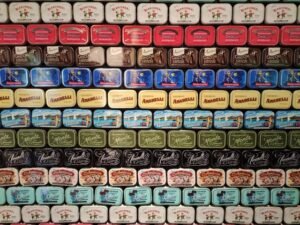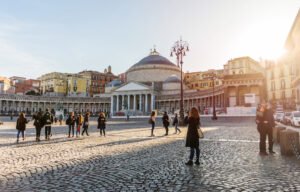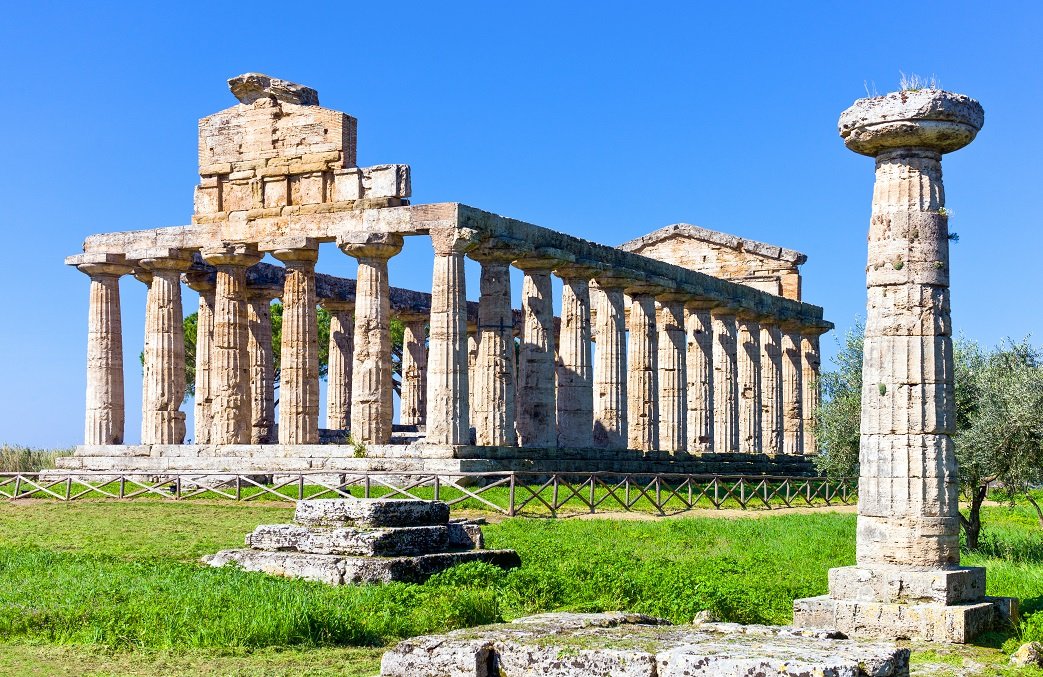What lands did the Greeks who came to the coast of southern Italy cross to found the ancient Achaean colonies?
Which rivers did they navigate and which peoples did they encounter on their explorations of the new land?
Imagine reliving all this in an epic experience that, between past and present, will lead us in the footsteps of the ancient Greeks on a journey that, starting from the opulent city of Sybaris, arrives in Naples, along routes that traverse millenary places.
Our journey will start from Bariof which we will discover the ancient historical centre and its centuries-old traditions. We will then move on to Taranto, a city with an ancient history founded by the Spartans in the 8th century B.C. under the name 'Taras', and we will reach Trebisaccewhose name derives from the six victories (tres bis acies) that the Roman legions won over the Carthaginian army. After settling in at the hotel, a tasty seafood dinner will conclude our day. We will arrive at the archaeological site of the opulent Sybaris: the city-state (today Sybaris) in the Upper Ionian Sea of Cosenza, founded by colonists of Achaean stock in the 8th century B.C. and soon to become one of the most flourishing colonies of Magna Graecia; we will reach Rossanoa city with a glorious Byzantine past, where we will visit the Romanesque Pathirion Abbey and see the exquisite Codex Purpureus Rossanensis, an illuminated gospel book dating back to the 6th century, stopping at the Giorgio Amareli Liquorice Museum. We will visit the Arbëreshë village of Civitaamong the most beautiful in Italy and we will travel along the banks of the Akalandros river (now known as Raganello). We will cross the Massif del Pollino (according to the ancient Greeks, the home of Apollo). We navigate the crystal-clear waters of the Lao River at Laino Borgo and finally arrive at Praia a Mare in the footsteps of Aeneas on the picturesque beach of Arcomagno. We will arrive at Paestum where we will admire the famous Temples, majestic vestiges of the Magna Graecia era, and finally arrive at Naples - the ancient Parthenope, then Neapolis - of which we will discover its ancient centre with its long and rich history, now a Unesco heritage site.





























